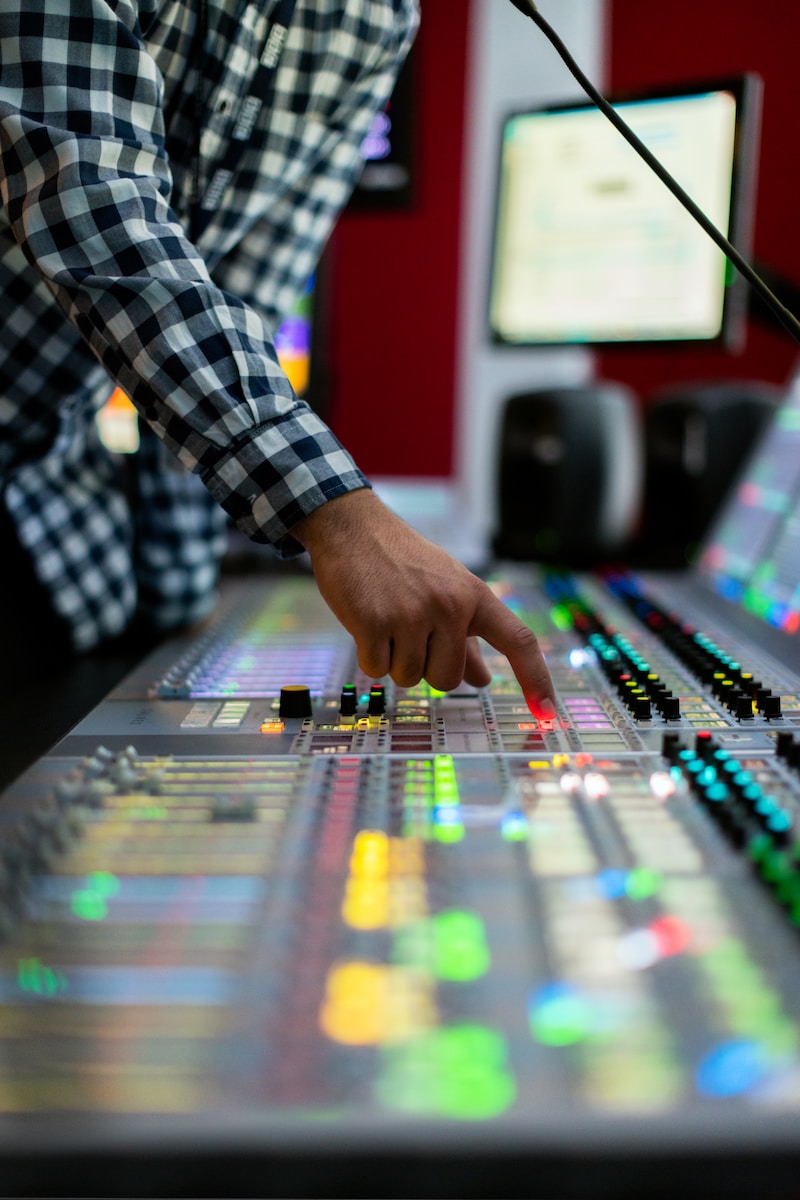
Pre-processing refers to the techniques applied to the raw audio input before any further processing or mixing is done, while post-processing refers to the techniques applied after the initial mixing process.
Pre-processing involves the application of various techniques to the raw audio input to enhance the quality of the sound before any further processing is done. These techniques include:
- Recording: Recording the sound with the appropriate microphone, setting the input levels correctly, and capturing a clean signal with minimal noise.
- EQ (Equalization): Applying EQ to cut or boost certain frequencies in the sound to achieve a balanced sound.
- Compression: Applying compression to control the dynamic range of the sound, making the loud parts quieter and the quiet parts louder.
- Noise Reduction: Applying noise reduction to remove any background noise or hiss from the recording.
- Normalization: Setting the peak level of the recording to a standard level to avoid any clipping.
Post-processing on the other hand, involves the application of various techniques to the mixed audio output to enhance the quality of the sound after the initial mixing is done. These techniques include:
- EQ (Equalization): Applying EQ to the final mix to adjust the balance of the sound.
- Compression: Applying compression to the final mix to control the dynamic range of the sound.
- Reverb: Applying reverb to the final mix to add a sense of space and depth to the sound.
- Limiting: Applying limiting to the final mix to prevent any clipping and ensure the volume level is consistent.
- Mastering: The final stage in post-processing where the entire mix is fine-tuned to achieve the desired sound and to ensure the final output is of a consistent quality.
In the past, pre-processing was the norm because the technology for post-processing was not yet available, and the way music was consumed was mainly through vinyl records, which had limited dynamic range and required a lot of pre-processing to ensure a clean recording.
However, with the advent of digital recording and the increased availability of post-processing tools, producers have shifted towards a more post-processing approach. Digital recording technology allows for a greater dynamic range, which means that producers can capture a wider range of sounds in a single recording. This has led to a reduction in the need for heavy pre-processing techniques such as compression and EQ.

This shift from pre-processing to post-processing approach in audio production has also changed the way the recording phase is approached. In the past, the focus during recording was on capturing a clean, balanced sound through pre-processing techniques like EQ and compression. However, with the increased availability of post-processing tools, producers are now more focused on capturing a high-quality, natural sound during the recording phase.
In a post-processing approach, the goal of the recording phase is to capture a raw, unprocessed sound that can be fine-tuned during post-processing. This means that producers are more focused on capturing a wide dynamic range and a natural, unprocessed sound that can be tweaked later on.
To achieve this, producers may use techniques like:
- Mic Placement: Placing microphones in the optimal position to capture the natural sound of the instruments or vocals.
- Mic Selection: Choosing the right microphone to capture the unique characteristics of the instrument or vocals.
- Preamp Selection: Choosing the right preamp to capture the natural sound of the instrument or vocals.
- Recording in a Treated Room: Recording in a treated room with good acoustics to capture a natural sound with minimal reflections and resonances.
By focusing on capturing a natural, unprocessed sound during the recording phase, producers have more flexibility during post-processing. They can apply post-processing techniques like EQ, compression, and reverb to fine-tune the sound of the recording without having to worry about undoing heavy pre-processing that may have been applied during recording.










































































































